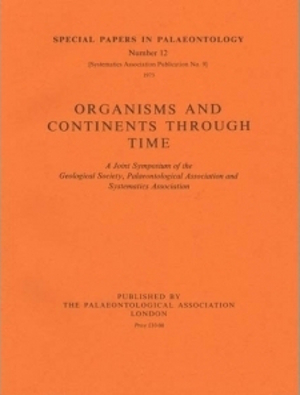Reg. Charity No. 1168330

The latitude-dependent parameters of faunal diversity and magnetic inclination are assumed for 27 present-day and 27 Permian localities and utilized to predict the rotational and magnetic pole with respect to the present and Permian world maps. In this way the validity of the palaeogeographic map and the axial dipole assumption of palaeomagnetism are tested. The diversity data employed are those given by Stehli (1970), and the method of analysis is that suggested by Duncan (1972).
The Permian diversity data favour neither the Permian palaeogeography proposed by Smith et al. (1972) nor the alternative Permian reconstruction suggested here and based on a more literal interpretation of the Permian palaeomagnetic results. Of the geographies considered (present-day, Permian, Triassic, and Jurassic), the Permian diversity data fit best on the Jurassic coordinates. The analysis yields no evidence to suggest that the Permian geomagnetic field was dipolar but non-axial; instead it indicates that the field was probably axial but with large non-dipole components. The latter may have been sufficiently large to invalidate the use of Permian palaeomagnetic results in making Permian palaeogeographic maps or in assigning palaeolatitudes to other Permian reconstructions; however, this conclusion is dependent on the validity of the Permian diversity data as true palaeolatitude indicators.